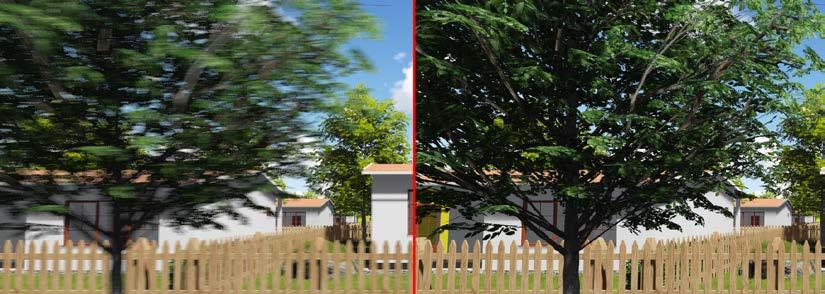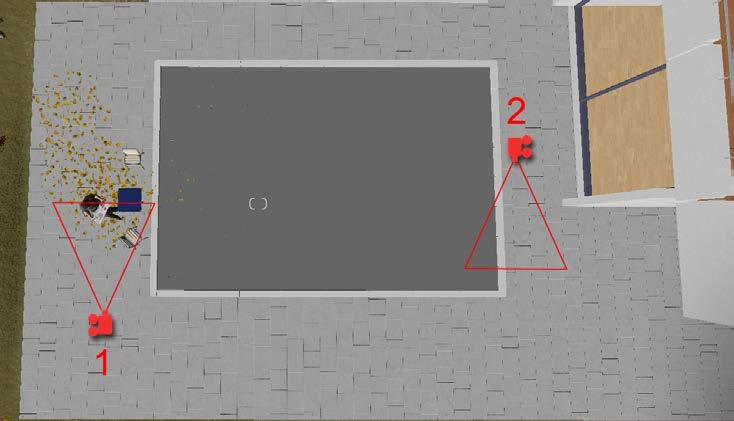
1 minute read
Summary
by TD Garden
Another milestone was achieved with this chapter. Here, you learned that importing 3D models, although a simple task, needs to follow some rules. You saw how to not only import 3D models directly from SketchUp but also how to use FBX and COLLADA files. Nothing is perfect and sometimes importing 3D models in Lumion can cause some problems, but you learned the most common issues and how to tackle them. Keep in mind the rookie mistakes to avoid the most common modeling issues.
After this, you learned how to place 3D models but, most importantly, you learned how to place several copies of a 3D model and even how to scatter them across a line path. Don't forget that there is a difference between external 3D models and Lumion's native ones. The final section showed you the best practices to import large scenes and how to update 3D models already imported in Lumion.
Advertisement
The next chapter is going to be a more practical one, where you will learn some of the best practices to create and optimize interior scenes in Lumion. We will cover Lumion's objects and their properties, principles to create materials, and the best techniques to improve light and shadows.






